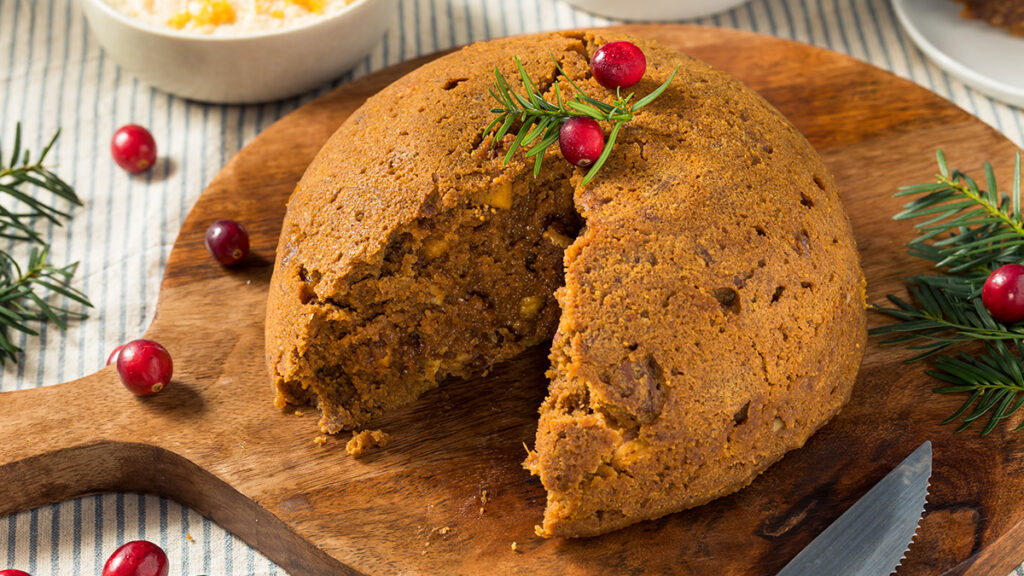By Brian Boone
Care for a slice of fig-free pudding-cake, or a slice of untrustworthy fruitcake? Maybe a potato pancake or doughnut sounds better. The end of the year brings with it some of the best holidays, and each have their own traditional and historic foods.
FIGGY PUDDING
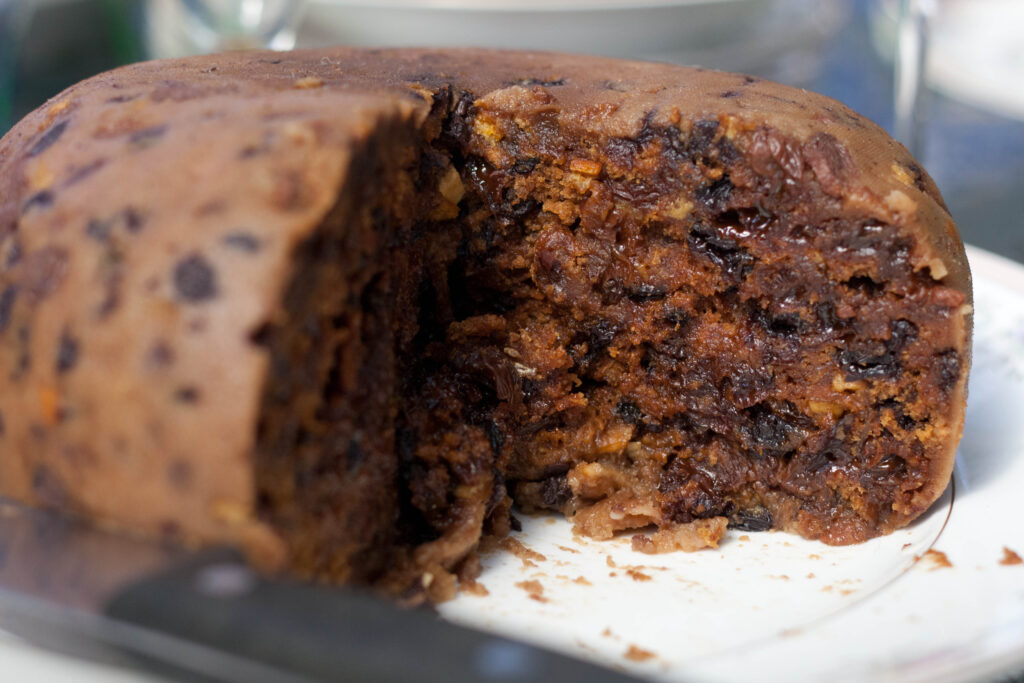
The Christmas carol “We Wish You a Merry Christmas” tells us that figgy pudding is a Christmas treat that people expect to be served and won’t go until they get some. It’s not made from figs, nor is it a “pudding,” per say. In British English, “pudding” means “dessert,” and this is a dome-shaped steamed cake that’s been doused in brandy and lit on fire before serving. It’s also known as plum pudding, because back when this dish took off in the 1800s, “plum” meant dried fruit, like prunes, raisins, and, occasionally, figs.
EGGNOG
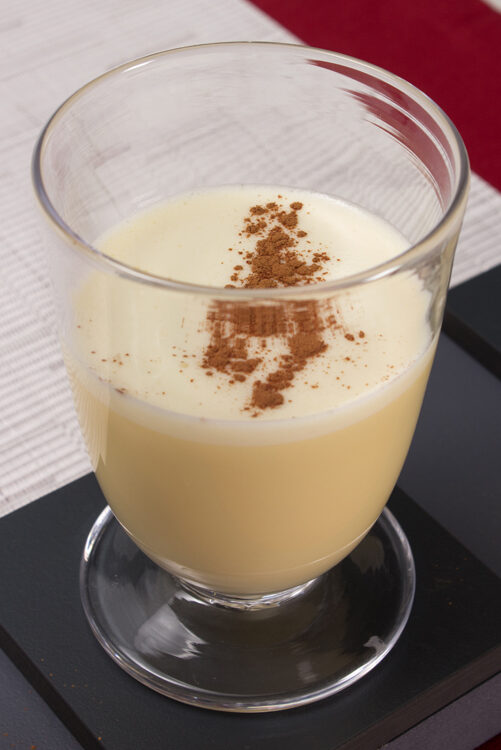
It should be a hard sell — eggnog is a thick, ultra-sweet dairy mixture with the look and texture of waffle batter. In the 13th century, British monks got through the winters with posset, a hot punch made out of milk, ale, eggs, and maybe some fruit. By the 18th century, posset had turned into a cold winter drink, with sherry replacing the ale, and used to toast at New Year’s parties. When eggnog (nog is an Old English word that means “boozy drink”) made its way to the U.S., the sherry was out in favor of cheaper rum, and an abundance of readily available milk, cream, and egg added. In its final form, eggnog is a combination of posset and a similar, dairy-based cocktail called a Tom and Jerry.
Get Uncle John's Action-Packed Bathroom Reader Today!
LATKES
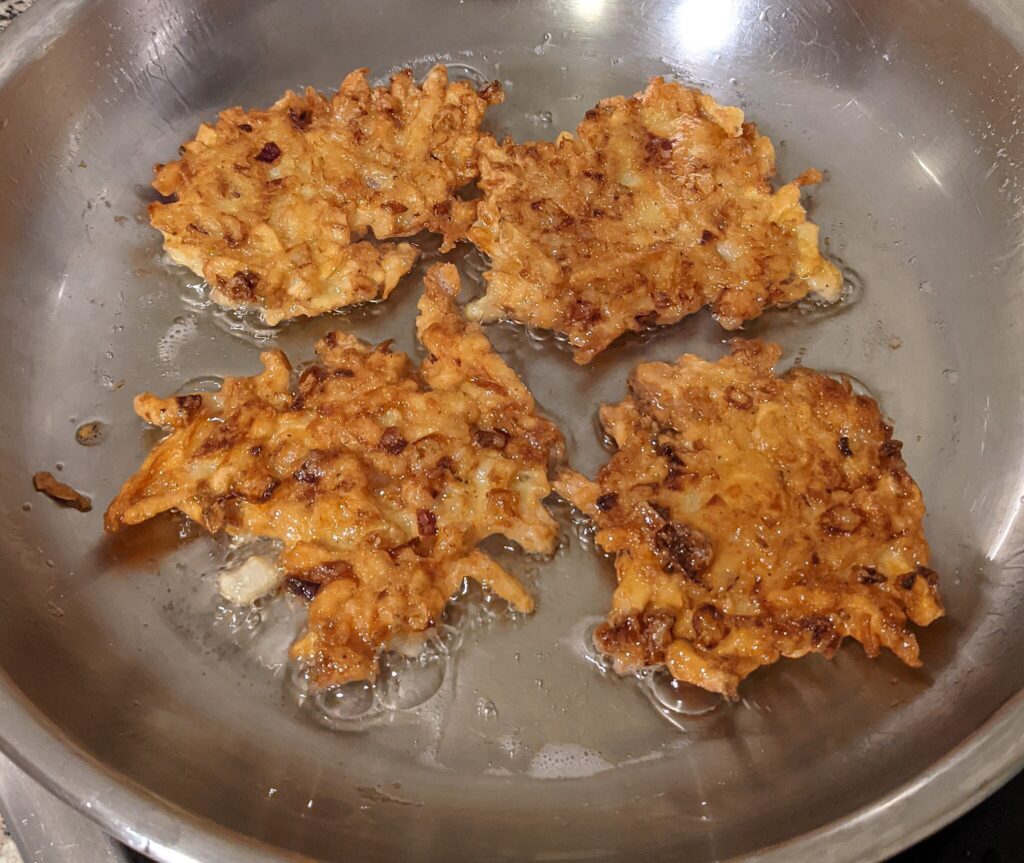
The eight-day Jewish religious period of Hanukkah coemmemorates the victory of the Maccabees in their fight against the Selecuids and securing Jerusalem. The Menorah, a traditionally multi-branched candelabrum, was only supposed to burn for one day of religious observance, because that’s all the oil the Macabees had. Instead, it burned on for eight days, interpreted as a miracle. This led to the creation of Hanukkah, and it’s often celebrated with the preparation and consumption of foods cooked in oil. Latkes are pan-fried pancakes made mostly out of potatoes, which weren’t introduced to Europe until the 1500s. The first Jewish latke recipes, where the potato cakes are fried in schmaltz, or animal fat, originated in Eastern Europe in the late 1700s. Another oil-requiring Hanukkah treat: sufganiyah, or jelly doughnuts.
JOLLOF RICE
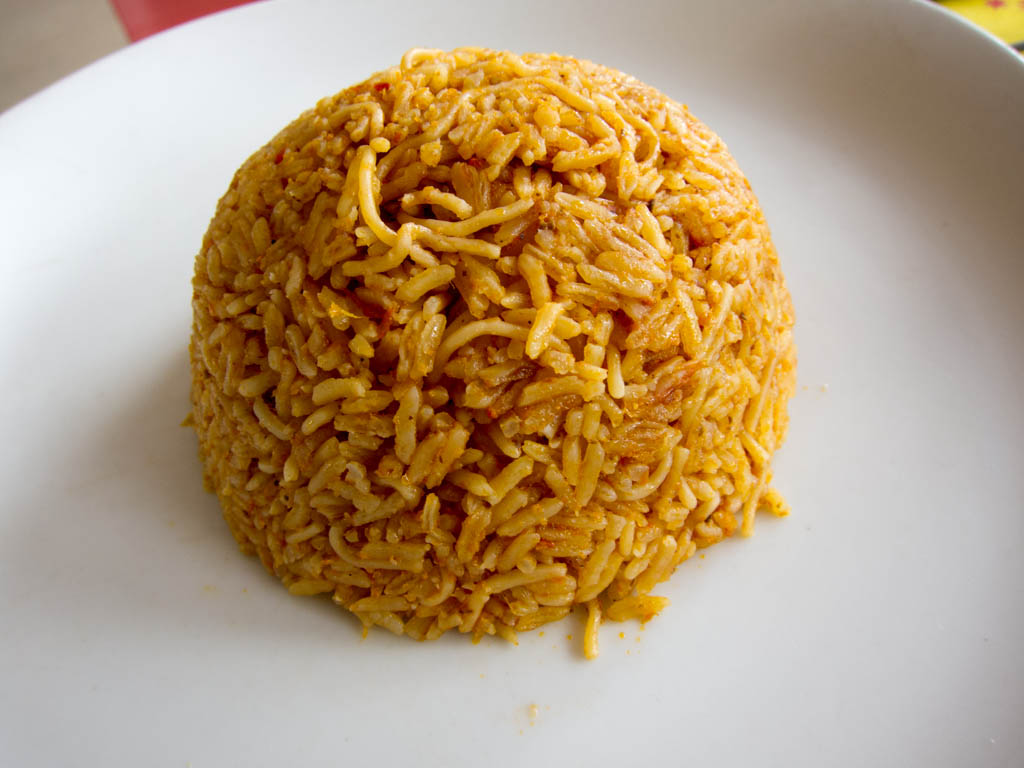
In 1966, Black Nationalist Dr. Maulana Krenga devised Kwanzaa to spread awareness and encourage celebration of African and African-American culture. The name comes from a Swahili harvest-related phrase that translates to “first fruits,” and over the span of seven days (December 26 to January 1), celebrants observe seven principles (Nguzo Saba) and together eat foods developed in Black American communities and which were brought over from Africa. One popular Kwanzaa dish: jollof rice. Two main West African countries, Nigeria and Ghana, have different takes on jollof rice, a crowd-pleasing favorite — a red-colored, spicy rice and vegetable melange that includes onions, several peppers and chilies, tomatoes in several forms, and fish sauce.








